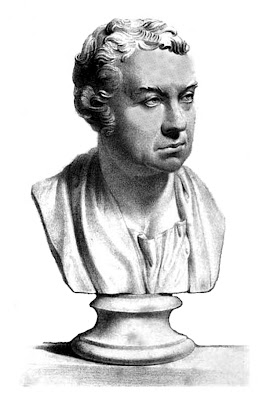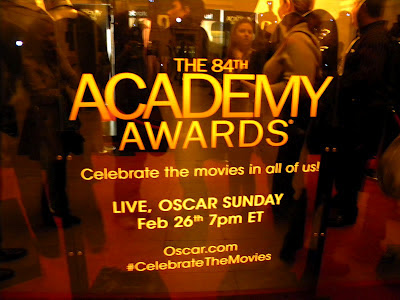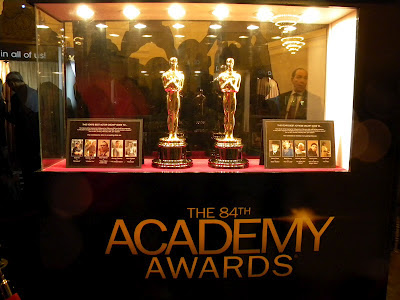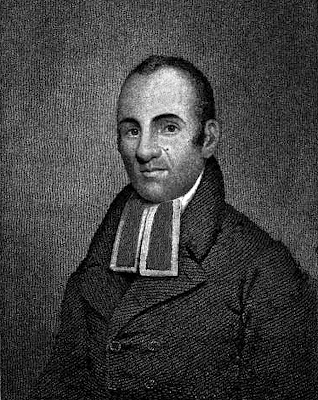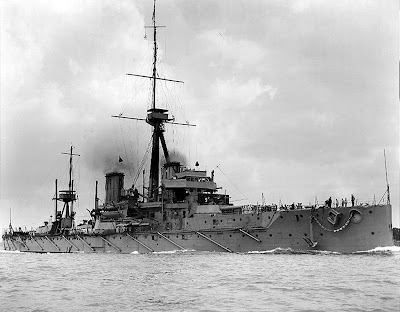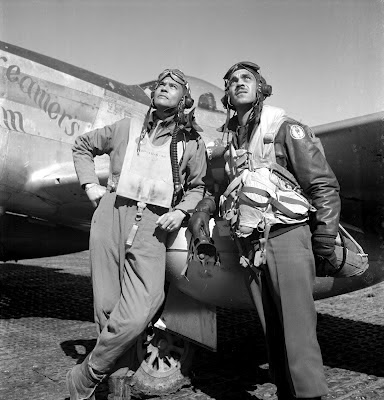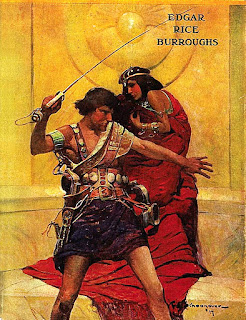Edward Anthony Jenner (May 17, 1749 – January 26, 1823), was born at Berkeley, Gloucestershire, England. He studied surgery under John Hunter, the comparative anatomist, at London, and began practice in his native town. Jenner was the pioneer of the smallpox vaccine. He is often called "the father of immunology", and his work is said to have "saved more lives than the work of any other man"
Being a descendant of an ancient and distinguished family, he was able to avail himself of the benefits of a classical education, and early developing a love for scientific pursuits, was placed as an "apprentice" to a surgeon at Sodbury, near Bristol. Here his attention was first arrested by the report current among the milkmaids in the dairy district, of Gloucestershire, that milkers who had been infected with cow-pox were ever afterward insusceptible to small-pox. The rumor, though popular, was considered vulgar and trifling, and no one save he, who was afterward destined to become one of the greatest "benefactors of his kind" and "beauty's truest, trustiest friend," thought it worthy of patient investigation. The rumor was first brought to his attention in a casual way by an observation of a dairy girl, who applied to his "master" for professional advice, and, in response to a question concerning small-pox, then raging within the district, replied, "I can't take that disease, for I have had cowpox."
About 1796 he was told that milkmaids who had caught the cowpox were immune from the small-pox, and at once began experimenting on the subject. In 1798 in his "Inquiry" he made his vaccination theory public. This at once excited the greatest interest and vaccination spread rapidly. In 1801 10,000 persons were vaccinated in England. A great discussion arose over the utility and healthfulness of vaccination, but the theory and practice have on the whole much more than held their ground. The general effect has certainly been to decrease the malignity and spread of the disease. In Chemnitz, France, 1870-1871, an epidemic swept through the town. Of the population 53,891 had been vaccinated, 5,712 had not been. Of the vaccinated 953 caught the disease and 73 of these died; of the unvaccinated 2,643 had the disease and 916 died.
IMAGE CREDIT: The life of Edward Jenner ...: with illustrations of his doctrines, and selections from his correspondence, Volume 1 The Life of Edward Jenner ...: With Illustrations of His Doctrines, and Selections from His Correspondence, John Baron. Author: John Baron. Publisher: H. Colburn, 1838. Subjects: Physicians.
TEXT CREDIT:
- The ideas that have influenced civilization, in the original documents, Volume 8. The Ideas that Have Influenced Civilization, in the Original Documents, Oliver Joseph Thatcher. Editor: Oliver Joseph Thatcher. Publisher: The Roberts-Manchester publishing co., 1902. Original from: the University of California. Digitized: Aug 18, 2009
- Dr. Edward Jenner's discovery of vaccination, Author: E. L. B. Godfrey. Publisher: Hoeflich & Senseman, 1881. Original from: Northwestern University. Digitized: Dec 20, 2010, Length: 16 pages. Subjects: Biography & Autobiography › Medical, Biography & Autobiography / Medical








